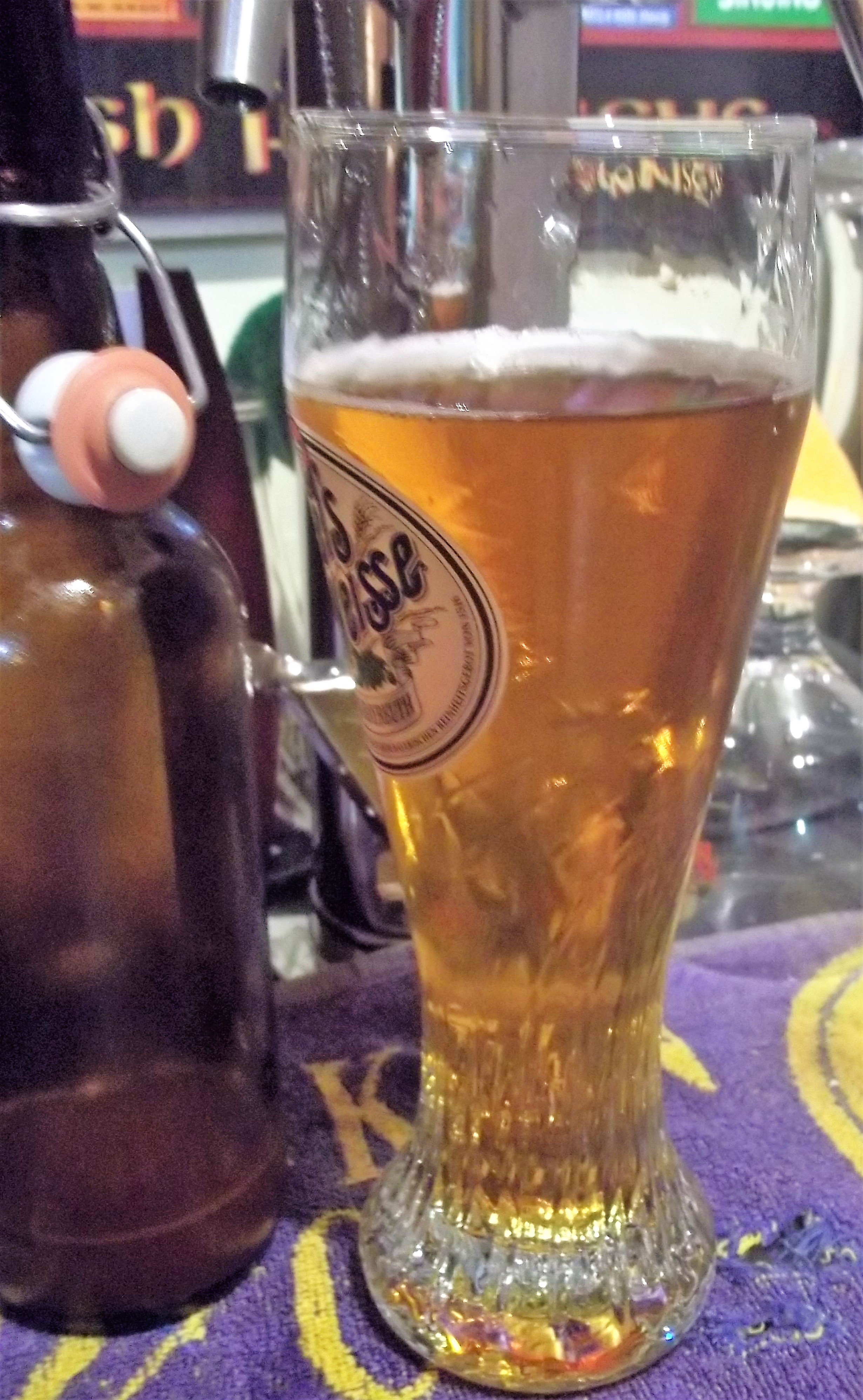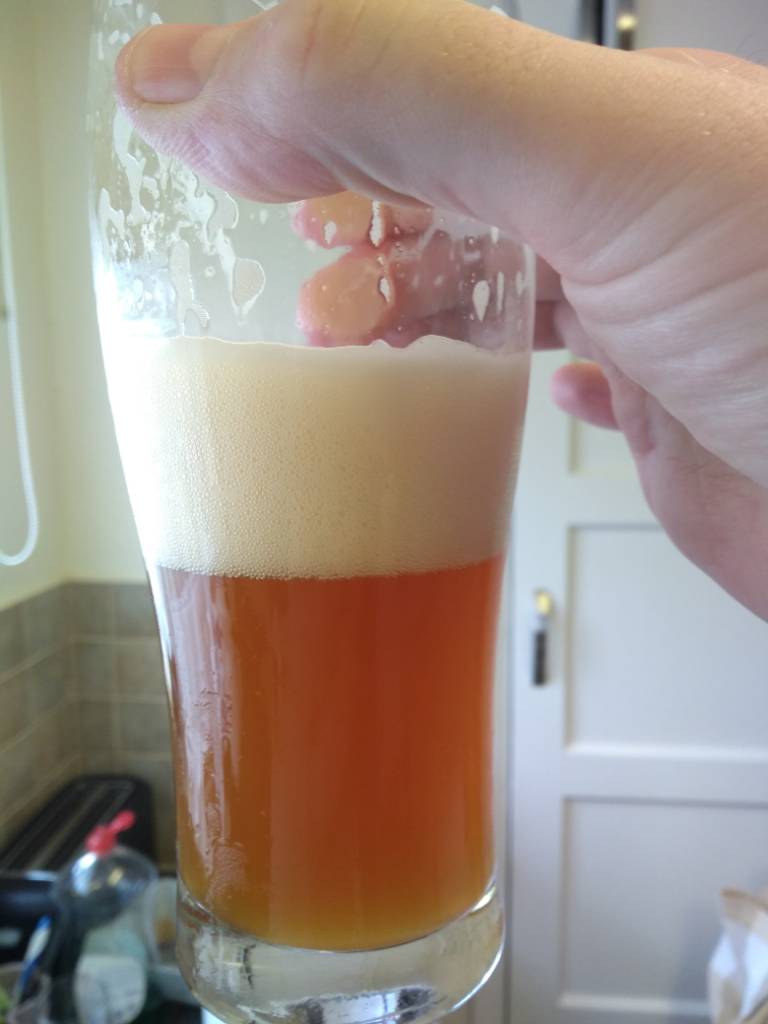I will be brewing a old fashion Bavarian hefe in a week of so. I have taken the basics for the recipe from classic beer styles 7 (German wheat beer).
I have also been inspired by ambrausianum in Bamberg who make a Ruddy hefe similar to this style.
My main take away from my tasting notes where:
Maltier than a modern hefe
Darker and red coloured
Tart finish
Less prominent banana notes than most hefe
Vanilla, peaches, stone fruits, citrus
Here is a picture of said beer.

This is what I have so far
7lb weyerman Munich II
5.25lb weyerman pale wheat
O.5lb weyerman malonoidin malt
0.25lb caraaroma
Bitter with pearl hops
No aroma hops
Wyeast # 3638
I plan to mash in at 110F and then do a decocontion mash at 148F.
I will pitch at 56F and let it free rise to 63F.
I plan to ferment without an airlock and just use a piece of foil.
I am going to pitch at 0.75m cells/ml/° Plato and aerate with pure O2 for about 90 secs at 1L/mins.
I am going to naturally carbonate in the using spieze composed of 50/50 wheat and light DME.
Please don't recommend I change the malt bill to 50/50 wheat and pilsner malt, I'm not making that kind of hefe. I know that's a go recipe but I not aiming for that.
I am using the caraaroma has classic beer styles list dark Cara malt. Caraaroma should impart the reddest colour addition with the smallest quantity. I did consider carared but you need to use a larger quantity. I did consider replacing the Munich malt with red X but that is a modern malt and I don't want to depart from traditional that much.
Again I am using melanoidin to add red colour without increasing the crystal malt quality. I'm not using it as a sub for a decoction. I recently use 4% in a Vienna lager and liked how it came out.
The receipt ask for a 2 hour boil but I'm not sure I'm going to do that as I can't see the advantage.
All help and suggestions are welcome
I have also been inspired by ambrausianum in Bamberg who make a Ruddy hefe similar to this style.
My main take away from my tasting notes where:
Maltier than a modern hefe
Darker and red coloured
Tart finish
Less prominent banana notes than most hefe
Vanilla, peaches, stone fruits, citrus
Here is a picture of said beer.

This is what I have so far
7lb weyerman Munich II
5.25lb weyerman pale wheat
O.5lb weyerman malonoidin malt
0.25lb caraaroma
Bitter with pearl hops
No aroma hops
Wyeast # 3638
I plan to mash in at 110F and then do a decocontion mash at 148F.
I will pitch at 56F and let it free rise to 63F.
I plan to ferment without an airlock and just use a piece of foil.
I am going to pitch at 0.75m cells/ml/° Plato and aerate with pure O2 for about 90 secs at 1L/mins.
I am going to naturally carbonate in the using spieze composed of 50/50 wheat and light DME.
Please don't recommend I change the malt bill to 50/50 wheat and pilsner malt, I'm not making that kind of hefe. I know that's a go recipe but I not aiming for that.
I am using the caraaroma has classic beer styles list dark Cara malt. Caraaroma should impart the reddest colour addition with the smallest quantity. I did consider carared but you need to use a larger quantity. I did consider replacing the Munich malt with red X but that is a modern malt and I don't want to depart from traditional that much.
Again I am using melanoidin to add red colour without increasing the crystal malt quality. I'm not using it as a sub for a decoction. I recently use 4% in a Vienna lager and liked how it came out.
The receipt ask for a 2 hour boil but I'm not sure I'm going to do that as I can't see the advantage.
All help and suggestions are welcome




 I only posted my recipe because Horseflesh asked for it.
I only posted my recipe because Horseflesh asked for it.


